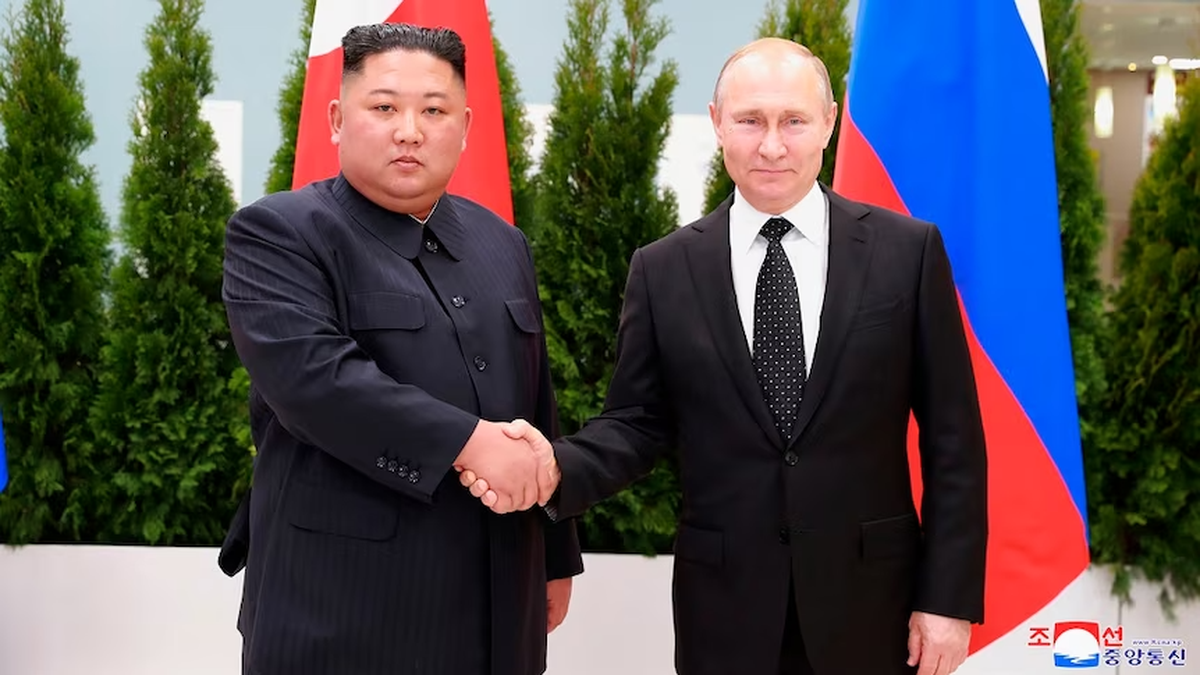Physical Address
304 North Cardinal St.
Dorchester Center, MA 02124
Physical Address
304 North Cardinal St.
Dorchester Center, MA 02124

North Korea artillery exports have skyrocketed as Kim Jong Un orders a massive ramp-up in weapons manufacturing.
According to state reports, shell production is now four times the country’s annual average and nearly double the previous record. The move is part of a broader modernization effort in North Korea’s munitions sector, with an eye toward both domestic readiness and international leverage.
This push comes at a critical moment—not just for North Korea’s defense posture, but for its evolving alliance with Russia.
Takeaway: Pyongyang’s artillery surge is part strategy, part signal—and the world is taking note.

North Korea artillery exports are now central to its growing partnership with Moscow.
Since mid-2023, Pyongyang has shipped millions of shells and other equipment to support Russia’s invasion of Ukraine. In return, it’s reportedly receiving hard currency and advanced military tech—giving its isolated economy a lifeline and its weapons programs a boost.
Up to 15,000 North Korean troops are believed to have been deployed to Russia, with thousands killed or injured. It’s a high-risk, high-reward play on the global stage.
Takeaway: North Korea isn’t just trading ammo—it’s trading for power.
A June 2023 defense treaty between North Korea and Russia cemented the relationship. It includes mutual defense commitments and formalized military cooperation.
Analysts say this deal allows both sides to bypass Western sanctions and coordinate on weapons production. For North Korea, it also means a steady demand for its expanding industrial output—especially artillery shells.
North Korea artillery exports under this treaty have transformed the country from a weapons consumer to a wartime supplier.
Takeaway: One treaty turned Pyongyang into a key player in a major war.
North Korean munitions are now shaping outcomes on the battlefield.
Experts estimate that North Korea has supplied Russia with 4 to 8 million shells—fueling up to half of all Russian artillery fire in Ukraine. In some units, that number approaches 100%.
This has allowed Russia to maintain pressure, win ground in places like Avdiivka and Vuhledar, and stall Ukrainian counteroffensives. Even when the shells are outdated or unreliable, volume wins.
Takeaway: In modern war, quantity matters—and Pyongyang is delivering.

North Korea artillery exports aren’t just about battlefield support—they’re about geopolitical positioning.
As the war continues, this alliance could extend into shared tech development, including missiles and other weapons of mass destruction. That’s raising alarms in Washington, Seoul, and Brussels.
Meanwhile, North Korea gains leverage in future negotiations with the West, using its support for Russia as a bargaining chip.
Takeaway: The longer the war drags on, the more valuable North Korea becomes.
North Korea artillery exports have helped Russia sustain its war in Ukraine—altering firepower dynamics, enabling territorial gains, and prolonging the conflict.
In doing so, Pyongyang has carved out a new global role: weapons supplier, wartime partner, and strategic disruptor.
Takeaway: North Korea’s rise as an artillery exporter isn’t just a military story—it’s a geopolitical shift in real time.
Daily News. No B.S. No Fluff. Just What You Need to Know.